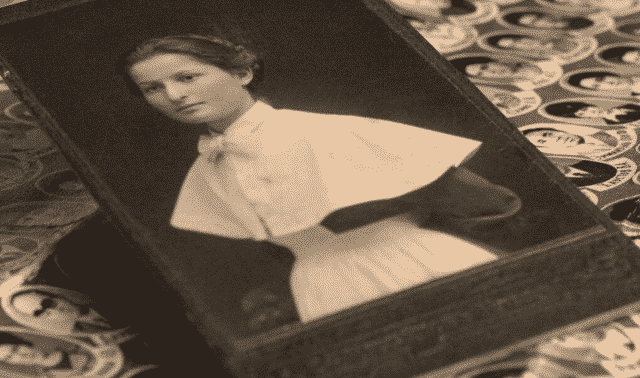Sign up for the Family Tree Newsletter! Plus, you’ll receive our 10 Essential Genealogy Research Forms PDF as a special thank you.
Get Your Free Genealogy Forms
"*" indicates required fields
Last week I wrote about ways to spot manipulated photos in your family collection. My inspiration was an exhibit at the Metropolitan Museum in New York City.
Mathew Brady is the most well-known photographer of the Civil War. His studio documented well-known figures of the period as well as ordinary soldiers. When he died in 1896, his nephew Levin Corbin Handy inherited the collection. Handy was a photographer as well, and at times he tinkered with his uncle’s images. In the exhibit is one of those composites. It depicts Ulysses S. Grant on horseback at City Point, Va. Or does it? Take a good look at the composite—it’s actually made from three pictures.
First the composite.
The three images are as follows.
Handy used a Brady image of Grant at Cold Harbor, Va. (1864) and removed his head. He then placed it on the body of General Alexander McDowell McCook on horseback taken in 1864. I don’t have the image of McCook, but here’s the Cold Harbor one.
Handy placed the composite of Grant over a Brady image of Confederate prisoners after the Battle of Fisher’s Hill, Va., taken in 1864.
Here’s that scene.
Handy created the composite in 1902. Because Americans were still clamoring for images depicting the Civil War, Handy found new ways to market his uncle’s images.
The full story of this picture appears in the book Faking It: Manipulated Photography Before Photoshop. Thank you to the curators who put this exhibit together. The exhibit will also be at the National Gallery of Art, Washington, D.C., from February-May 2013 and at the Museum of Fine Arts, Houston, in Houston, Tex., from June-August 2013.
If you’d like to see more pictures taken by the Brady Studio, go to the Library of Congress website, and search the Prints and Photographs collection for “Mathew Brady.”
Solve your family photo mysteries with these books by Maureen A. Taylor:






